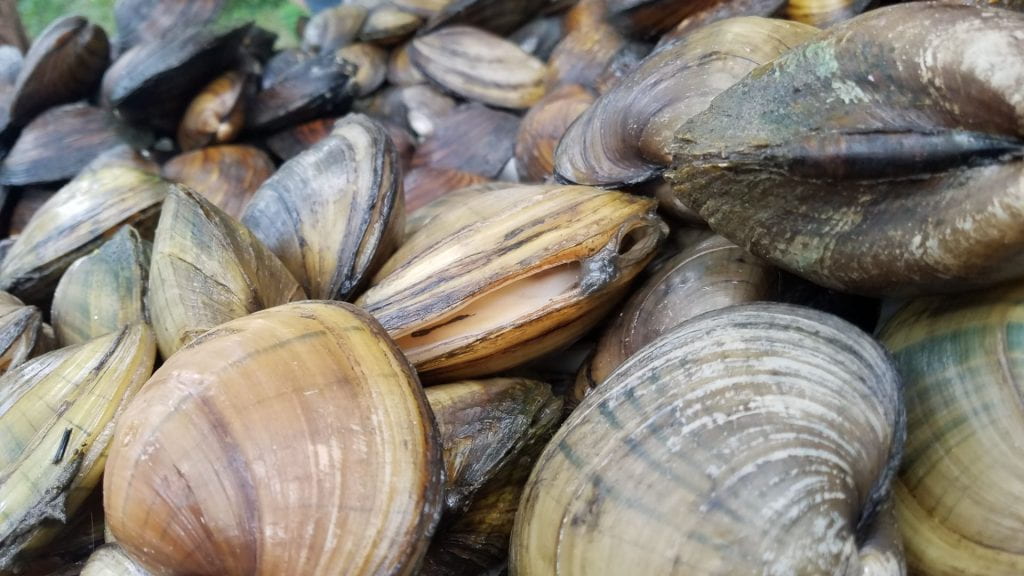By Julianne Aronson, Talia Ogliore, Angela Yokley
The U.S. Fish and Wildlife service announced on Sept. 29 that 23 species endemic to the United States are now extinct. Among this declaration are eight freshwater mussels, eleven birds, one bat, two species of freshwater fishes, and one flowering plant.
The U.S. Fish and Wildlife’s proposal for the removal of these species from the Endangered Species Act is largely symbolic. Most of the species have not been seen for over 30 years, despite conscientious search efforts, and therefore “no longer require listing under the [Endangered Species Act].”
The delisting proposal included species from the Pacific Islands within U.S. territory, in addition to the continental United States. Nearly half of the species were from Hawaii and Guam alone.
Island habitats, essentially isolated from human development for many centuries, have been hit harder by extinctions as humans invaded these delicate ecosystems. The effects of climate change, urbanization, and the introduction of foreign species, such as disease vectors like mosquitoes, have all played a role in increasing species extinction in the Pacific.
Katie Westby, staff scientist at WashU’s environmental field station, Tyson Research Center, and vector and disease ecologist says that “the extinction, and reductions in population size, of native birds on Hawaii is another unfortunate result of the careless movement of non-native species across the globe by humans. When we are specifically talking about the movement of mosquito vectors and the pathogens they transmit, there are potentially large health implications for species in the recipient communities.”
And the Pacific Islands are not alone. Some of these extinctions are being experienced closer to home here in St. Louis. Notably, eight species of freshwater mussels native to the southeastern United States are on the list.
“Protection of these animals requires that humans protect the entire ecosystem that provides the food, habitat and other things needed for their survival,” said Danelle Haake, a stream ecologist with the National Great Rivers Research and Education Center.
Haake is leading a new project funded by the Living Earth Collaborative at Washington University that is focused on freshwater mussels in the Sangamon River basin in Illinois.
“One trait that is somewhat unique to the survival of populations of freshwater mussels is their dependence on the presence of certain species of fish,” Haake said. “These fish play host for young mussels which hitch a ride on their fins and gills, where they gain nutrition and are then released into new areas.”
“If a dam is built across a river or stream, the habitat changes from flowing water to pooled water,” she said. “This can discourage host fish that prefer to live in flowing water, prevent fish from moving to disperse the young mussels, and even cause a buildup of sediment that smothers the existing mussels.”
Locally, the new Living Earth Collaborative project is envisioned as a collaboration between institutional researchers and citizen scientists who will work together to determine how many mussels and what kinds of them live in the basin; how the mussels grow and how far they spread; the genetic relatedness of different populations of mussels; and how various stressors may be affecting mussels in the watershed.
“Mussels are sensitive to a variety of pollutants including sediments, ammonia, and pesticides. All of these are found in most local streams and rivers, due to the way people manage the land in both urban and rural areas of the midwest,” Haake said.
Climate change also plays a role.
“It is clear that climate change is impacting freshwater ecosystems in ways that also have an effect on mussels,” Haake said. “Increases in temperature and changes in rainfall intensity are altering the stream habitat itself, as well as the composition of the plants and animals that can thrive and survive in these new conditions.”
The implications of these extinctions reach even farther than the U.S., as the primary group responsible for global extinction labels, the International Union for Conservation of Nature (IUCN), has disagreed with the U.S. Fish and Wildlife service on some of these changes in the past and present. One thing they do agree on, though, is that extinctions are happening in larger groupings and at faster rates in human history than ever recorded.
Though the delisting of these species based on extinction can seem discouraging, improvements in the IUCN’s “red list” of threatened species are simultaneously happening around the world. And who knows? With continued habitat-focused conservation efforts, maybe one day we might just discover these species again in the natural world.
Julianne Aronson and Angela Yokley are student coordinators for the Tyson Conservation Corps.
Talia Ogliore is the senior news director for science in University Marketing & Communications.
